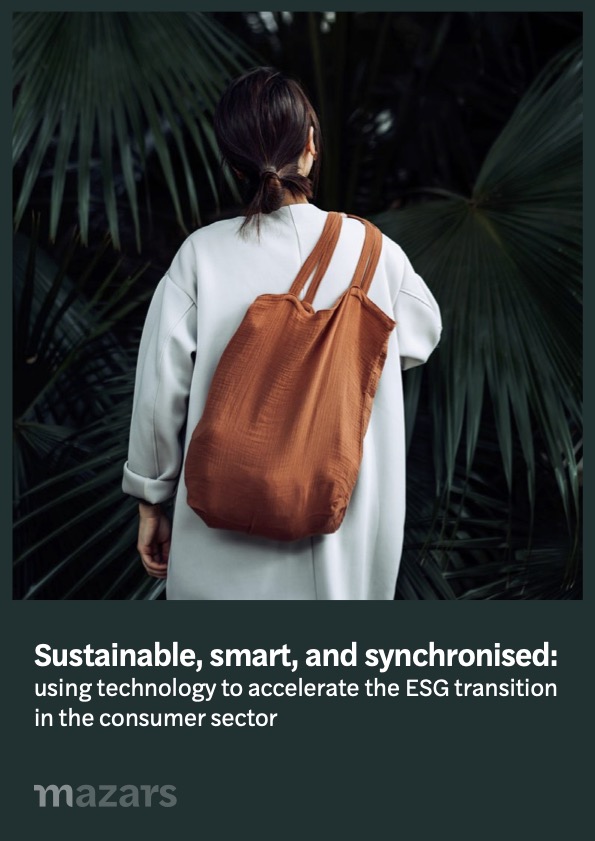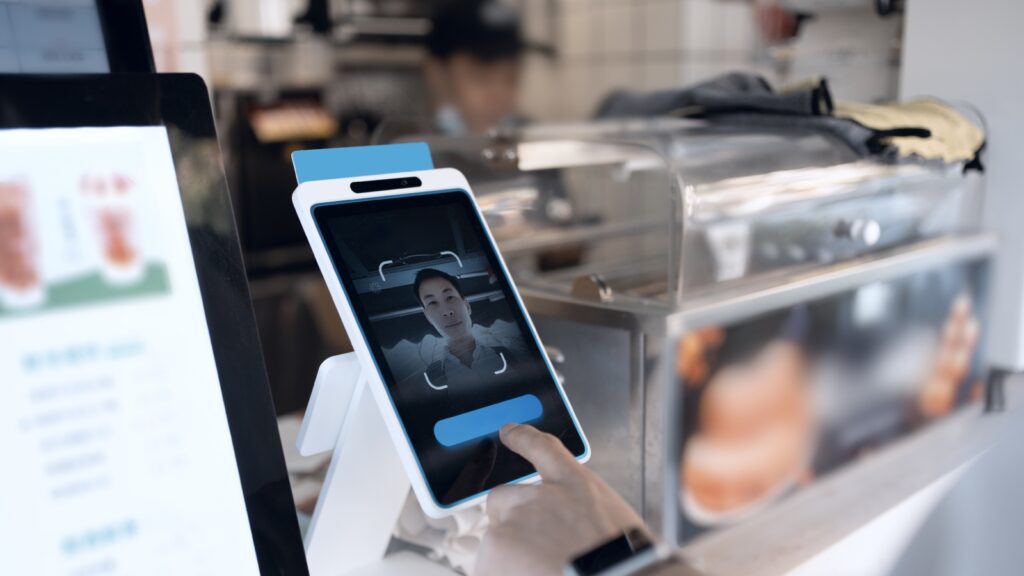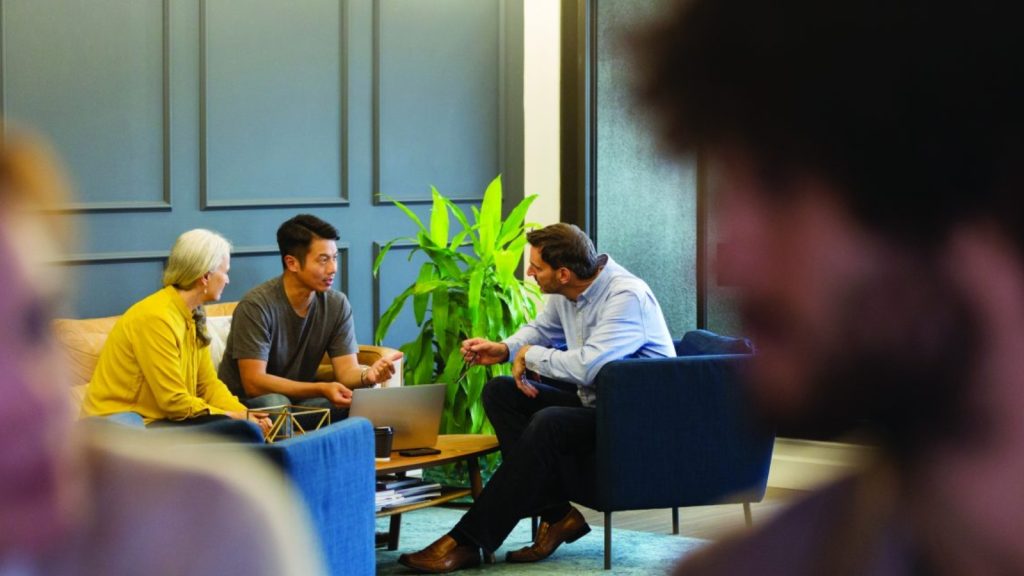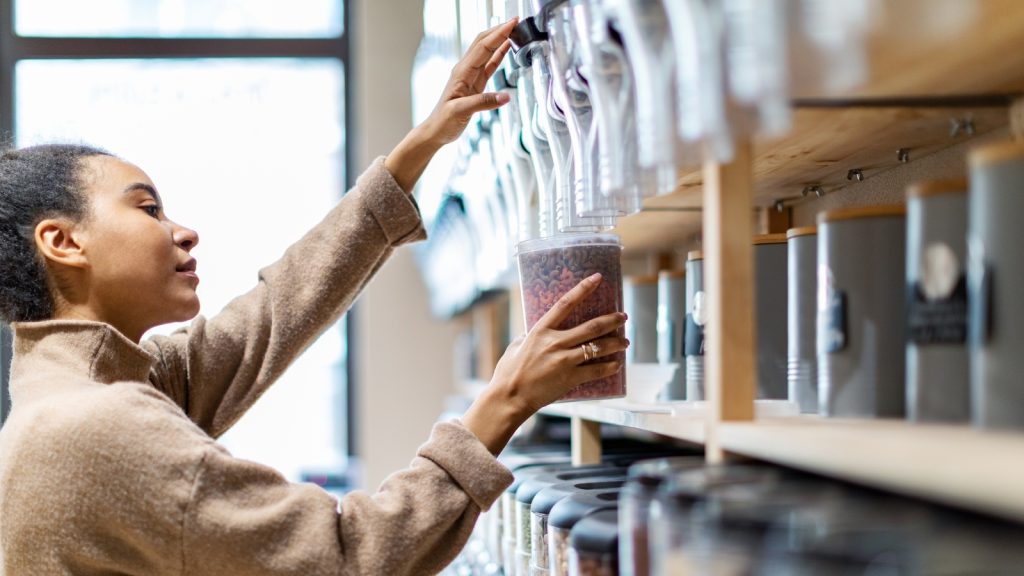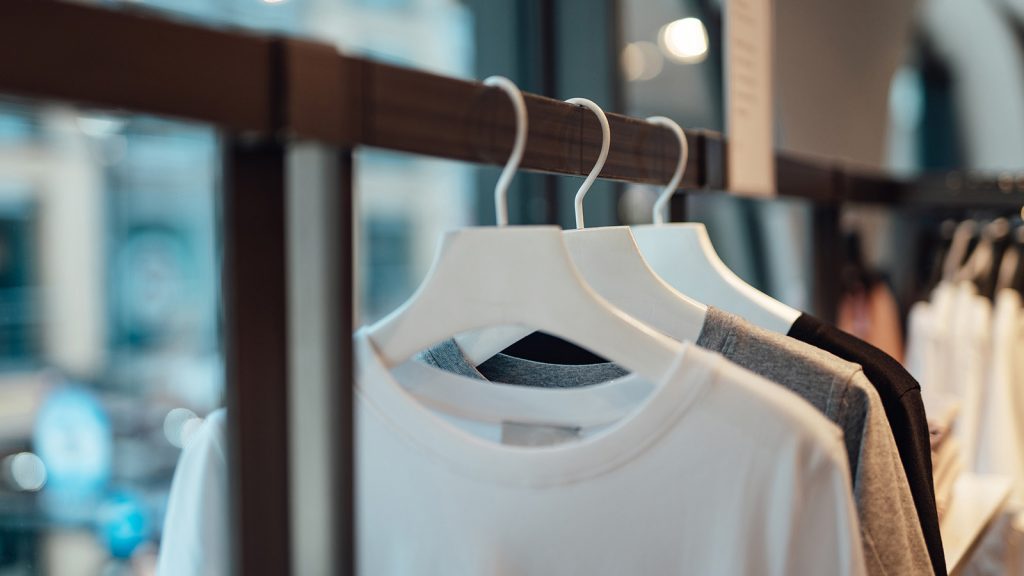
Climbing the value chain: building brand sustainability through smart collaboration
Climbing the value chain: building brand sustainability through smart collaboration
The learnings from consumer collaborations demonstrating best practice to get ahead, collectively, to build a more sustainable brand, purpose and growth plans.
We’ve seen some record breaking and first of their kind collaborations in the last 12-18 months. From Gucci and The North face to Rhode and Krispy Kreme, these have propelled new and established consumer brands beyond on their own growth projections. What they have achieved successfully are the social steps that help enhance the commerciality of consumer businesses at pace, and in a competing space.
While you would expect a negative response to collaboration with competitors, that is no longer the case. More businesses are sharing best practice, consumer behavioural studies, and knowledge for the greater good of community and the industry. The challenge most are still facing is how to balance sustainable growth with ESG strategies.
“There are huge advantages now to collaborations in the consumer industry. Commercial shouldn’t be a dirty word when it comes to sustainability and ESG – it can still be net positive to the community and the planet,” says Adrian Gill, Management Consulting Director at Mazars in the UK.
When it comes to achieving both commercial, and community benefits in collaborations, shared core values, culture and strategic objectives need to align. Gill continues, “the classic example of a controversial collaboration is alcohol and sport. Yet, the two are usually successful as a result of shared consumer views. Their shared values may be questionable, but it can still achieve a net positive result.”
Getting it wrong
When two companies come together for any form of collaboration, ESG beliefs are helpfully already there, but the level of understanding and approach to achieving their objectives may be entirely different.
The priority collaboration consideration is ensuring you have the voice of the customer at Board level. Getting it wrong can cause serious damage and risk accusations of green washing on both sides. We’ve seen an example of this in the media with a well-known herbal tea company that was accused by customers and industry peers as selling out when they joined forces with a global fast-moving consumer goods company.
Gill highlights: “we’re hearing from many clients who commonly say: ‘We have to do it because we’re all in the same boat’, but it’s the customer’s building the boat as well as the regulators.”
Activation Blizzard was also in the spotlight again this year as one of the biggest controversies in competition, but it’s not the first time a ‘collaboration’ has been scrutinised for its legitimacy. Their collaboration with Sport Radar in 2019 was initially a multi-year collaboration for integrity services, to protect against betting-related corruption. Yet, they have continuously faced claims of whistleblowing, sexual harassment, discrimination and bullying in their own organisation.
Interestingly, industry suppliers are reaping the benefits where they don’t necessarily agree with business and consumer values. Gill says that Single Mine Origin (the ethical mining and sourcing of gold or jewels) is a good example of this. “Some jewellers are sceptical of this concept, and those are the people responsible for selling it. Consumer studies show that most people will pay more and care more about ethical sourcing. Yes, jewellers will be benefiting from the commercial advantages here, but you must be careful at throwing greenwashing claims at someone – they might not believe but, they’re still doing it.
How a mid-size business can best collaborate
There are some nuances in mid-size businesses. More are dedicating specialist roles, teams and individuals in their sustainability approach and ESG strategies. Collaboration can be more effective and can add more value through working with people who have already established more experience, structure and progress. Importantly, there is usually more budget available compared with hiring people or dedicated teams, which also require broader development and integration.
Julie Petit, Partner and Consumer Products, Luxury & Retail Leader at Mazars based in the US agrees that “collaboration can be more cost effective with added commercial benefits. Yes, you can collaborate with competitors, but there are many options. You also have service provider and regulator or governing body collaborations. They all have a cost, but the latter are best equipped because they have wider awareness of what’s going on in the industry.”
In the US, we’ve seen California regulation issued in the last few months, but that is still limited. There is no clear framework and still nothing requiring companies to report. This will be challenging for those companies when it comes to entering other markets where it’s a requirement but have no experience. It can also be an opportunity to get ahead and show best industry practice on a global scale.
Petit highlights that, “people are simply guessing based on what feels right. Collaboration with policymakers where guidance is lacking in some countries, is a positive approach. They will be better placed to implement a clear framework that supports regulation and provide more sound advice on what’s ‘right’ where there is none in place.
“Companies must be careful that they don’t get drawn into any political debate that dilutes progress and purpose if they go down this route, which is particularly common in the US. What we’ve seen with California, is that regulations are being passed but, if you take the fashion industry in New York for example, there are stronger discussions at the moment setting precedence and shaping accountability. You can see it varies depending on the state, so the makeup of a country is an essential consideration when it comes to collaborations.”
Culturally, Asia continues to be an interesting market for the consumer industry – to see where they will go and how companies in these markets will transform their businesses with ESG considerations in the future as more innovation influences sustainability.
Whatever route a company goes down, it will have to balance purpose with margins at a time when inflation is having tremendous impacts on production and operations worldwide. Founders, stakeholders and C-suite are assessing the importance of the brand and its future. Gill concludes, “ESG is no longer a value add – it’s a hygiene factor. If you don’t fully understand all areas of this, and the position of the organisation you’re considering collaborating with, you’re at risk.”
For more information on our global consumer report, or how Mazars can help you to transform your business, please get in touch.
Download ‘Sustainable, smart, and synchronised’
